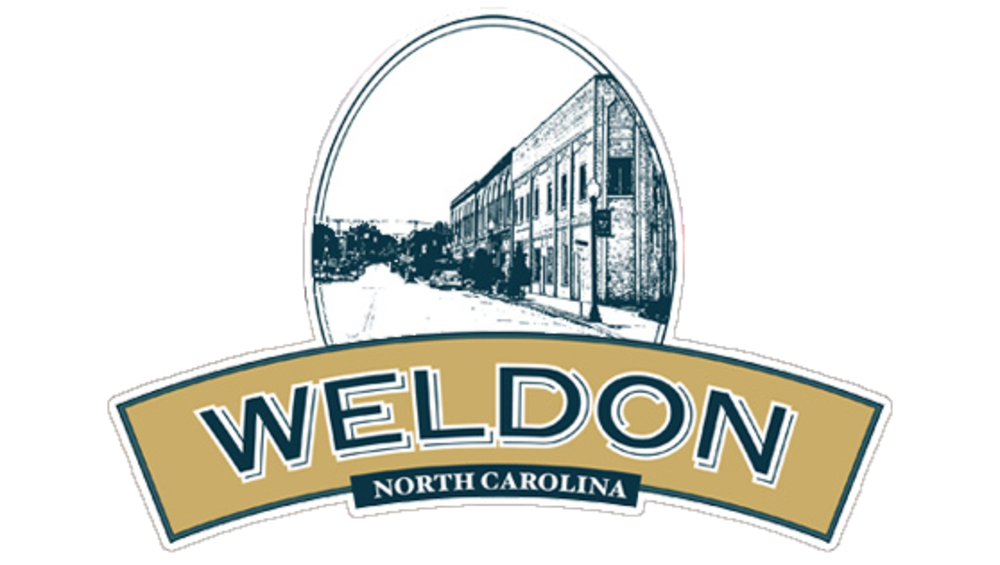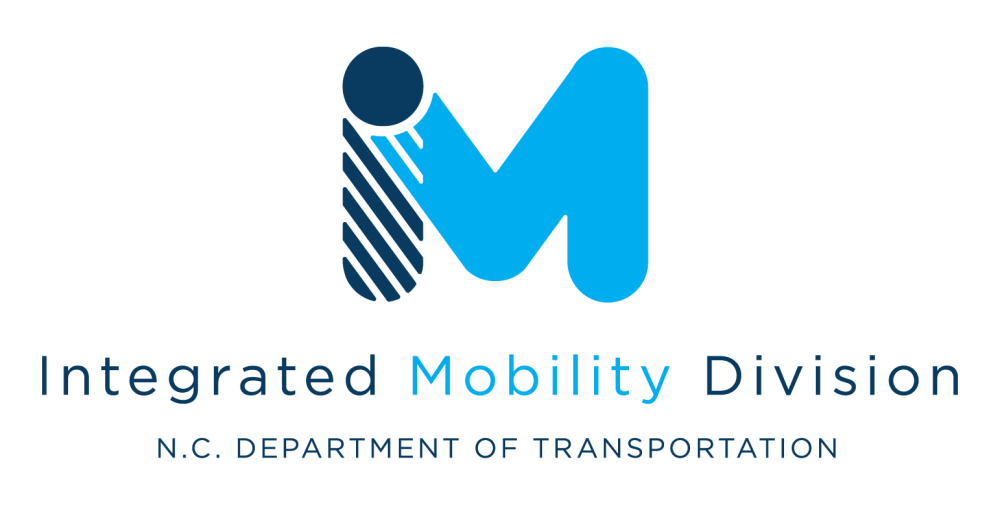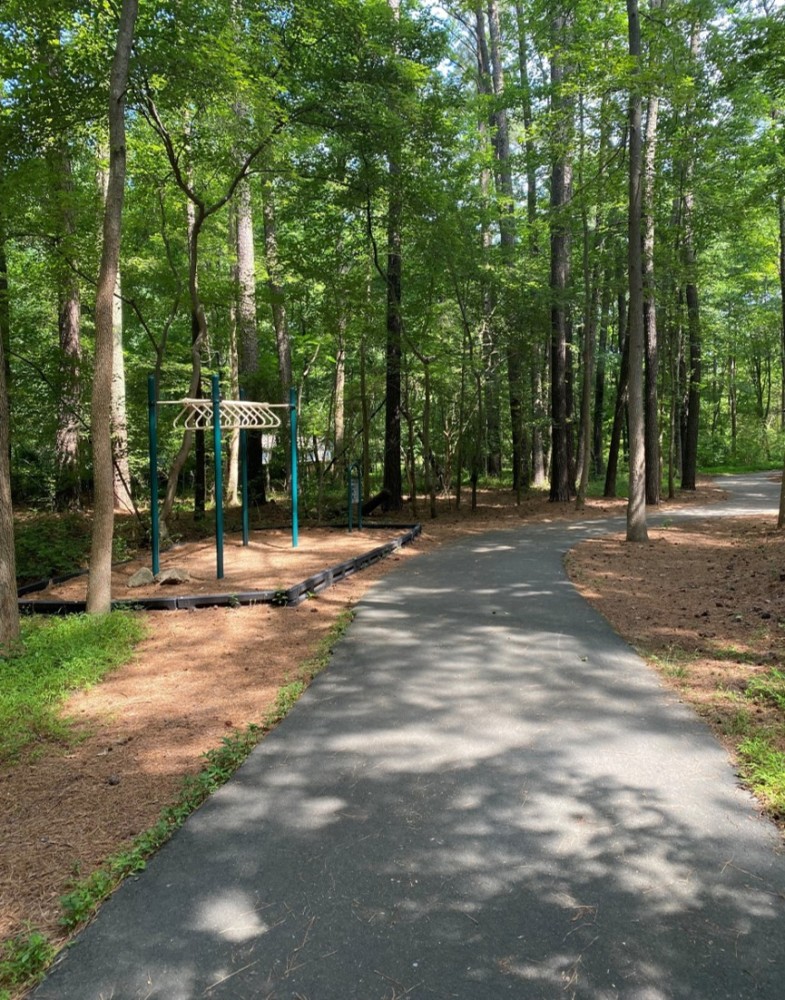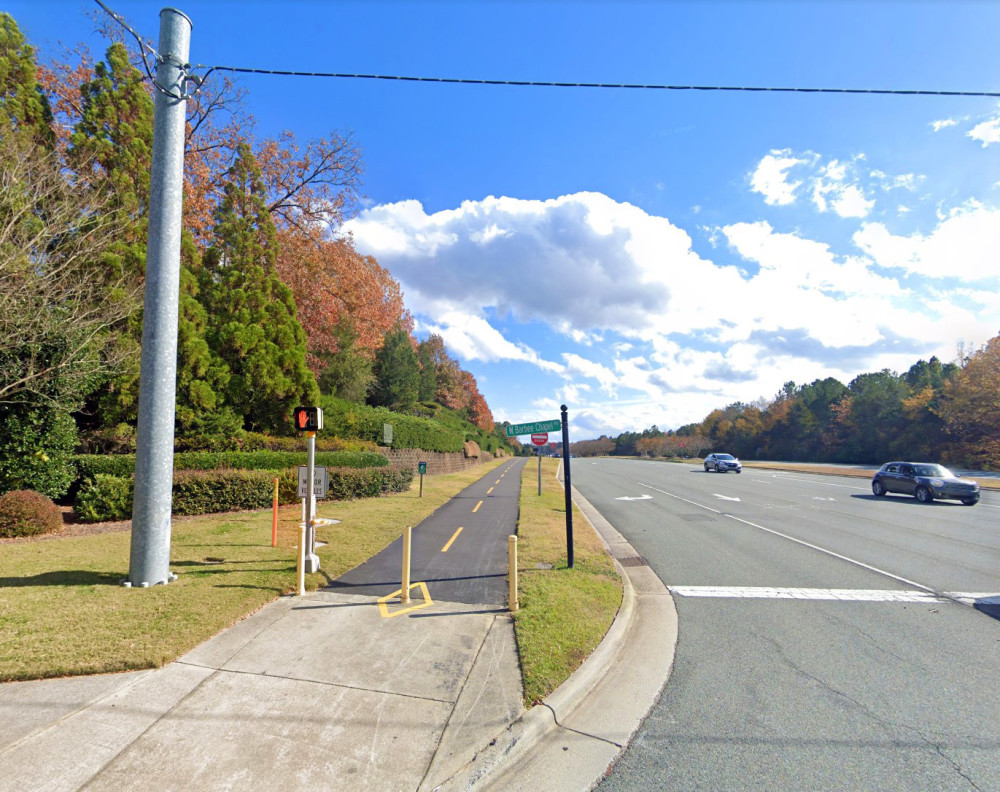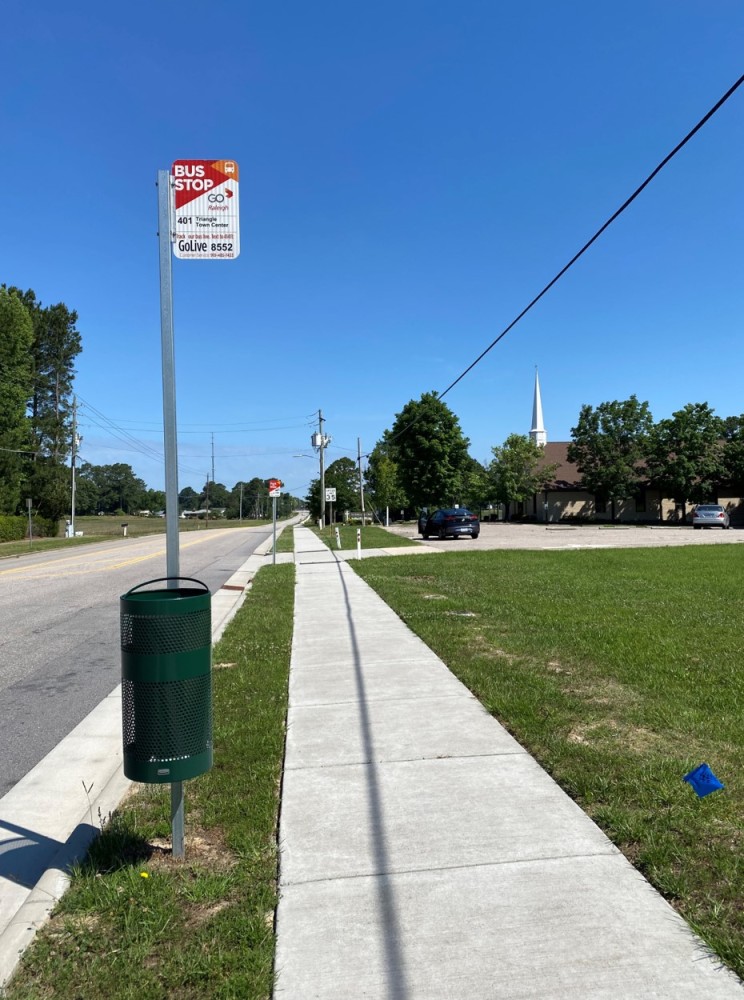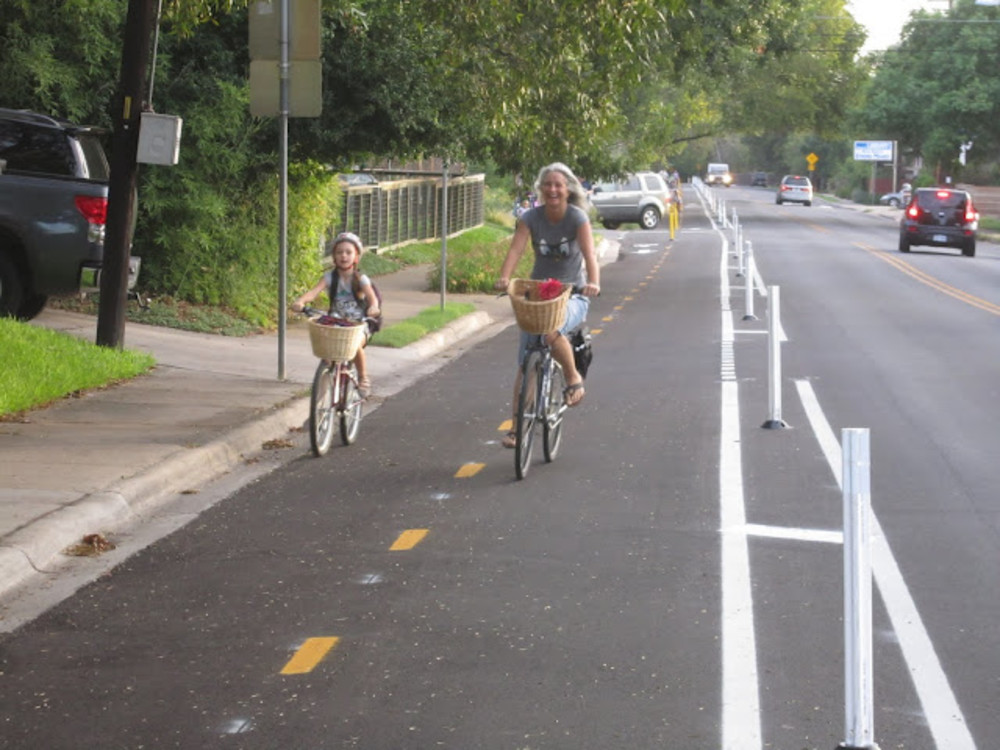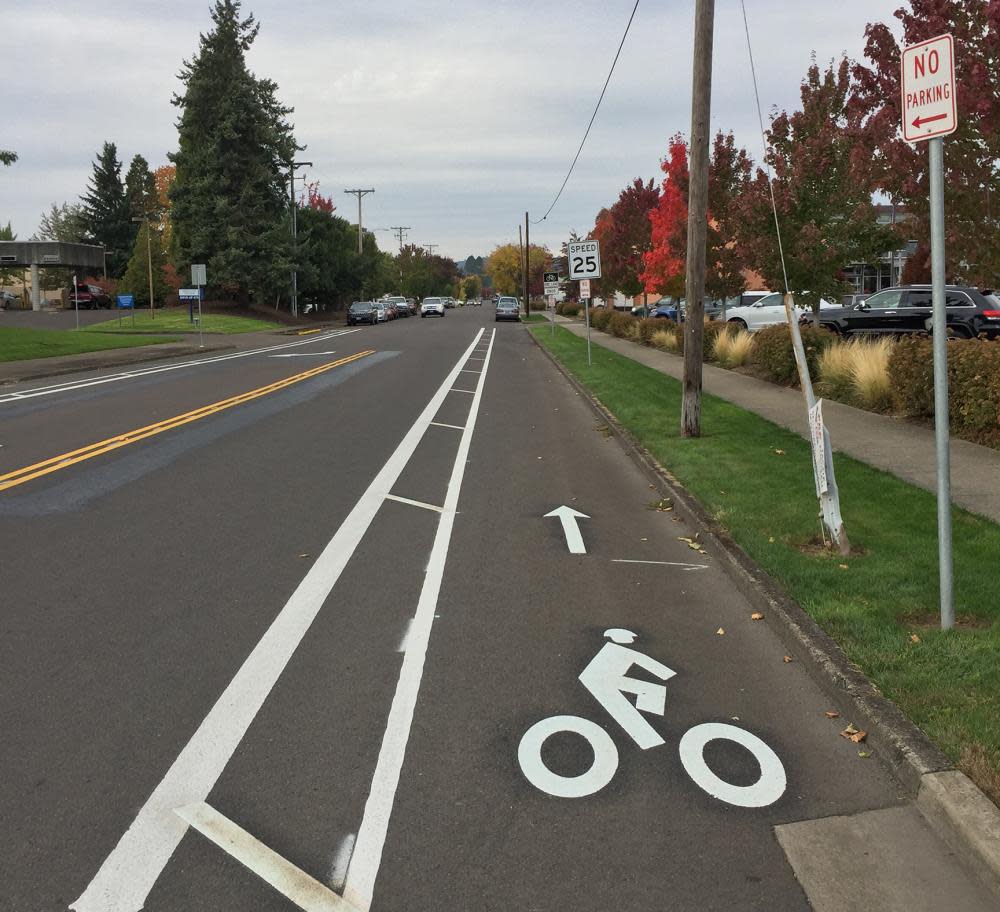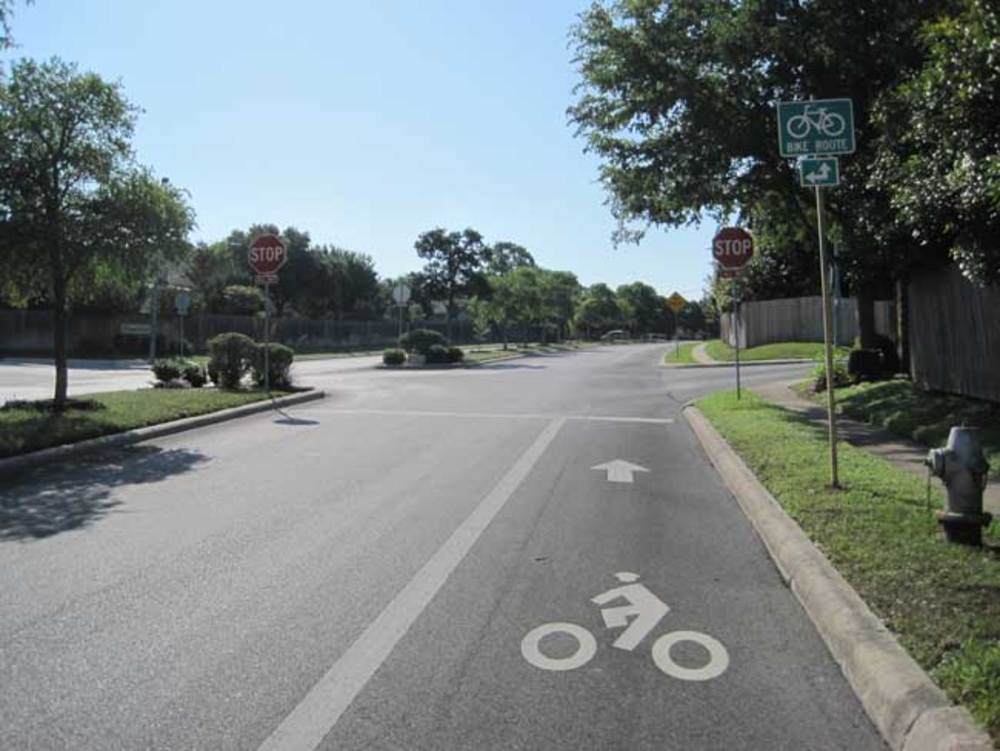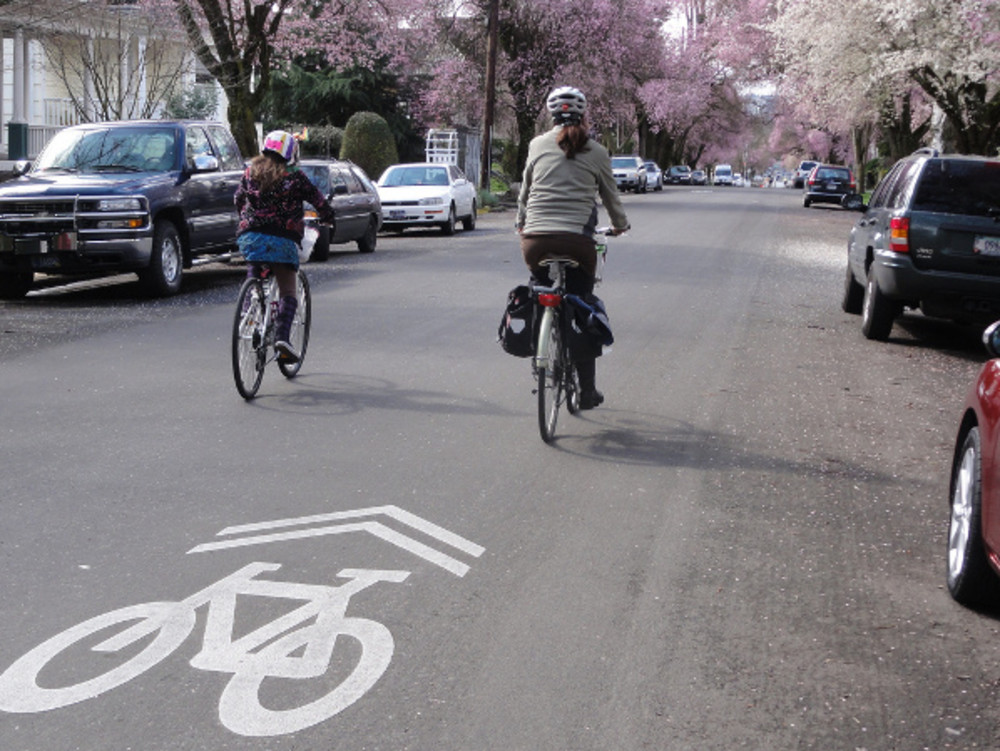Town of Weldon Bicycle + Pedestrian Plan
Town of Weldon Bicycle + Pedestrian Plan
Welcome!
The Town of Weldon is seeking community input for the Bicycle + Pedestrian Project Acceleration Plan.
Your feedback is incredibly valuable and will provide the framework for developing a safe and equitable multimodal network for residents and visitors of all ages and abilities.
Please take a few minutes to respond to the following questions. Thank you!
Please return this survey by June 2, 2023.
PLAN OVERVIEW
Weldon’s Bicycle + Pedestrian Project Acceleration Plan is funded by the NCDOT Bicycle and Pedestrian Planning Grant Initiative and will identify priority infrastructure, program, and policy recommendations that will establish Weldon as a bicycle and pedestrian-friendly community. The plan will expand on the existing network of sidewalks and trails to recommend bicycle and pedestrian facilities that will connect key transportation corridors, parks, schools, employment centers, and other destinations throughout the community. The plan will also outline action steps to implement plan recommendations.
Please check the Town's website for information and updates for this project.
PLAN SCHEDULE
The project schedule is displayed below. Click to enlarge the image.
BICYCLE + PEDESTRIAN NETWORK FACILITIES
Bicycle and pedestrian facility types are provided below with corresponding photos and descriptions.
GREENWAY:
A greenway or shared use path provides an area separate from motorized traffic for bicyclists, pedestrians, wheelchair users, skaters, joggers, etc. Greenways offer network connectivity opportunities beyond the roadway network, as they are often located along streams, in utility corridors, and parks.
SIDEPATH:
A sidepath is a bidirectional shared use path adjacent and parallel to a roadway. Sidepaths offer a low-stress experience for bicyclists and pedestrians along network routes with high-speed or high-volume traffic.
SIDEWALK:
A sidewalk is a bi-directional path that provides a dedicated travel area for pedestrians in the transportation network. Sidewalks are physically separated from the roadway by a curb or unpaved buffer space.
SEPARATED BICYCLE LANE:
A separated bicycle lane is a facility for exclusive use by bicyclists that is located within or directly adjacent to the roadway and is physically separated from motor vehicle traffic by a buffered space with a vertical separation element. Separated bicycle lanes can be designed to accommodate one-way or bi-directional bicycle travel.
BUFFERED BICYCLE / BICYCLE LANE:
A buffered bicycle lane designates travel space for bicyclists in the roadway through use of pavement markings and a 1.5-4’ buffer separating the bicycle lane from the adjacent travel lane.
A bicycle lane designates a travel space for bicyclists in roadway in the absence of more separated facilities.
BICYCLE BOULEVARD / SHARED LANE MARKING:
A bicycle boulevard is a low-stress, shared street accommodation to offer priority for bicyclists operating within a roadway shared with motor vehicle traffic. Bicycle boulevards use a combination of pavement markings (shared lane markings), signage, and optional traffic calming measures to allow bicyclists to comfortably travel along a roadway.
